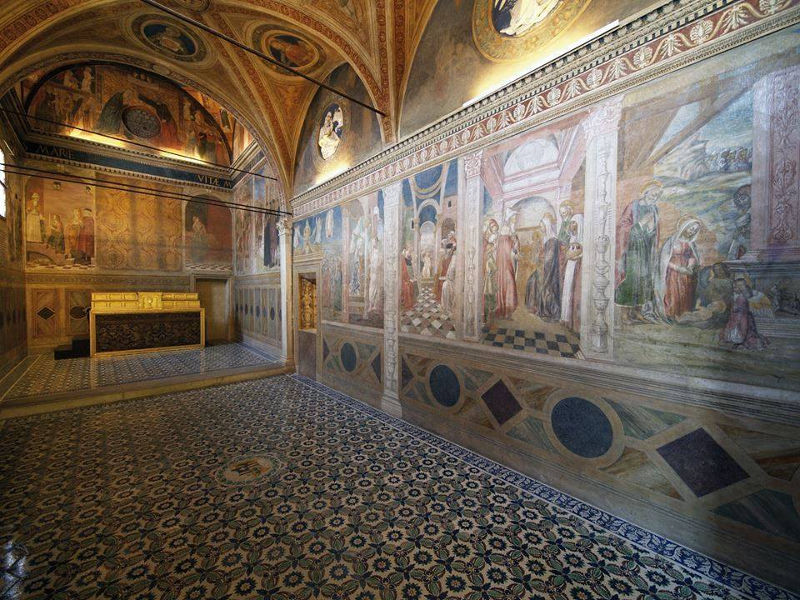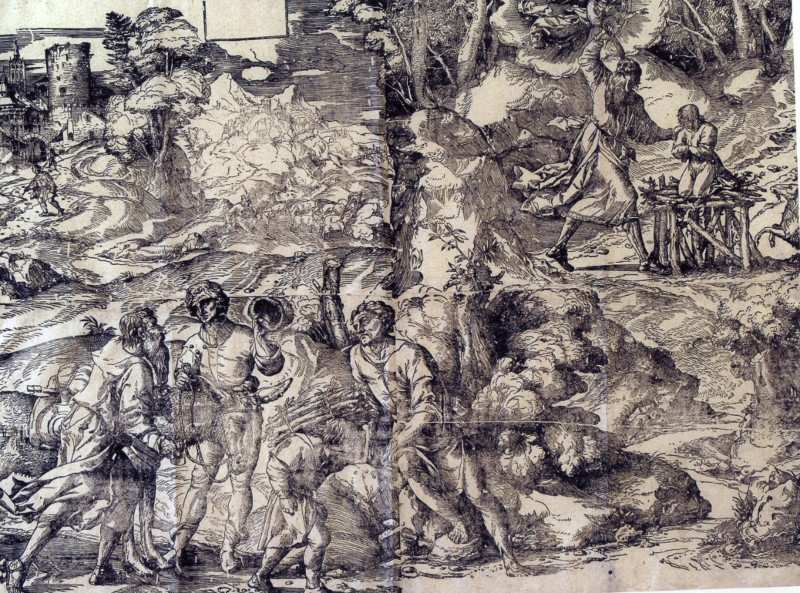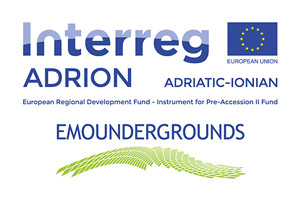Visiting hours:
Thursday, Saturday, Sunday and public holidays 10-13 and 15-19. Tuesday, Wednesday, Friday 10-13.
Closed on Mondays
13) MUSEUMS OF PALAZZO DEI PIO
The Museums of Palazzo dei Pio are a coordinated system of three exhibition routes- Palace Museum , City Museum, Museum to the Deported - which meet the multiple needs of making the many prestigious areas of the Renaissance Palazzo dei Pio usable and of providing a contextual, rational and structured collocation to the wide historic-artistic heritage of Carpi collections
listen to the audioguide
14) PALACE MUSEUM
The Palace Museum is to be found on the main floor of the ancient Pio’s residence and presents the main three collections of the Museum: the Renaissance works, the xylography, the art gallery ( for future implementation).
The tour route offers, besides the artworks, also a second level of reading along the most prestigious areas of the whole complex. Here it is possible to see important fresco cycles, wooden ceilings and architectures that, after a restoration work begun in the ‘90s and lasted until 2007, have returned Alberto Pio III’s Renaissance palace to its former splendour.
Thus, the exhibition route of the museum blends the prestigious spaces in which it is hosted with the artworks on display.
listen to the audioguide
15) PIOS’ CHAPEL
The chapel, occupying a small room with a typical Renaissance decoration, consists of a rectangular cross-vaulted aisle and of a domed square compartment constituting the presbytery. The frescoes cover all the walls and vaults and portray episodes of the life of Christ and Mary, to whom the chapel is entitled, made by 1511 by Bernardino Loschi according to stylistic models connected to the late 15th century Lombardy painting tradition, in particular Mantegna-styled.
A particular interest is to be paid to: the scene with the prince Alberto Pio III, dedicatee of the Chapel, and other personalities of the Court, which is frescoed on the western wall of the chapel; the four glazed terracotta medallions in bas-relief portraying the Evangelists, work of Andrea della Robbia.
listen to the audioguide

16) XYLOGRAPHY
In the rooms of the Estense addition on the main floor, the collection of the Xylography Museum is exhibited; it was created in 1936 by Luigi Servolini to enhance the figure and the work of Ugo da Carpi- who invented the chiaroscuro xylography at the beginning of the XVI century- and the press in Carpi, present in those years thanks to Aldo Manuzio who lived in the Pios’ city at the end of the XV century.
Not to be missed: Diogenes and the other chiaroscuroes by Ugo da Carpi; the printing press (XVII century); matrices and wooden types (XVI-XVIII century).
listen to the audioguide

17) CITY MUSEUM
The City Museum, thanks to an innovative museographic project, retraces 35 centuries of Carpi and its territory history, through the exhibition of relics, artworks and materials which trace the environmental evolution and the social, political and cultural development that have defined the nowadays city.
Four long periods are told through theme sections in the second order loggias of Palazzo dei Pio: the pre-urban phase; the period of the Pios’ lordship; the Estense domination until the Italian Unification; the XX century.
listen to the audioguide



